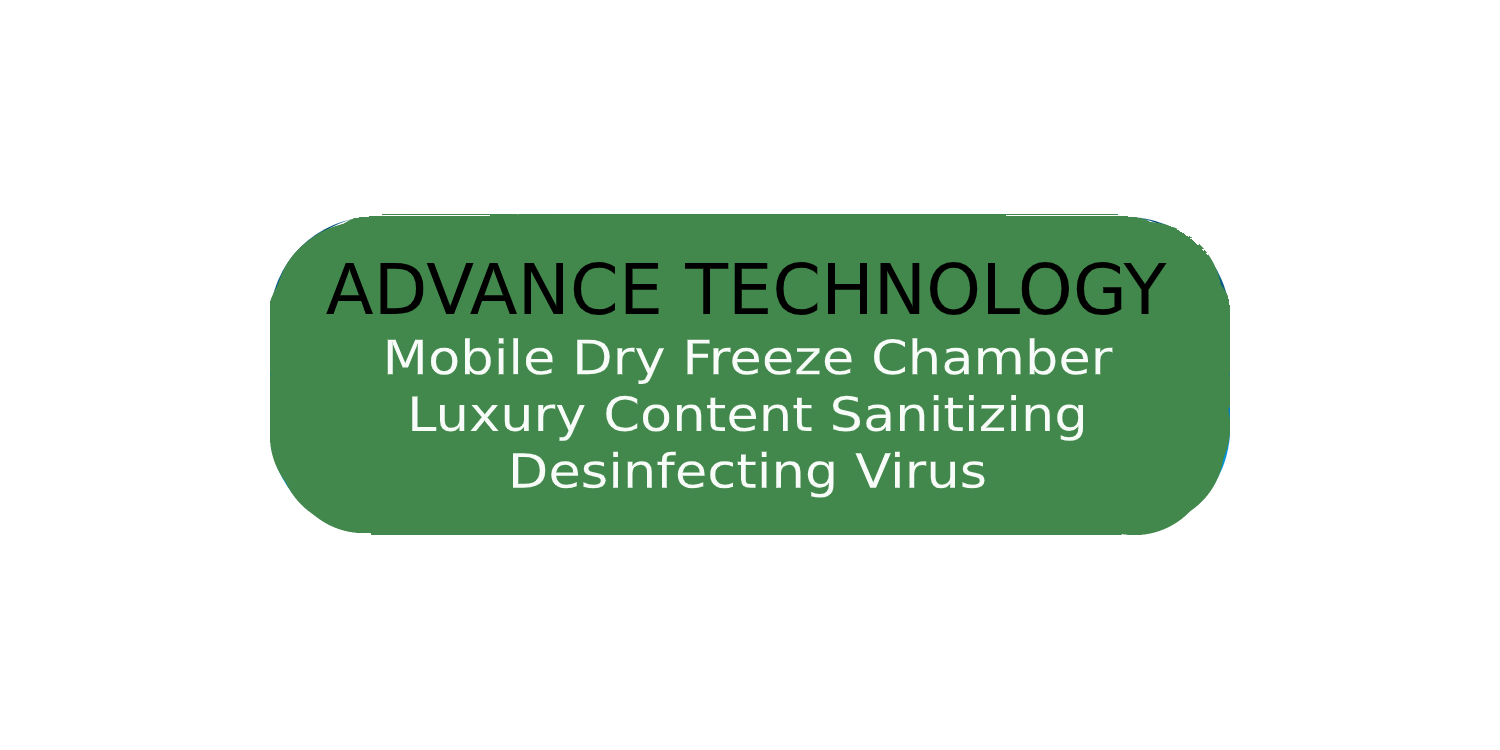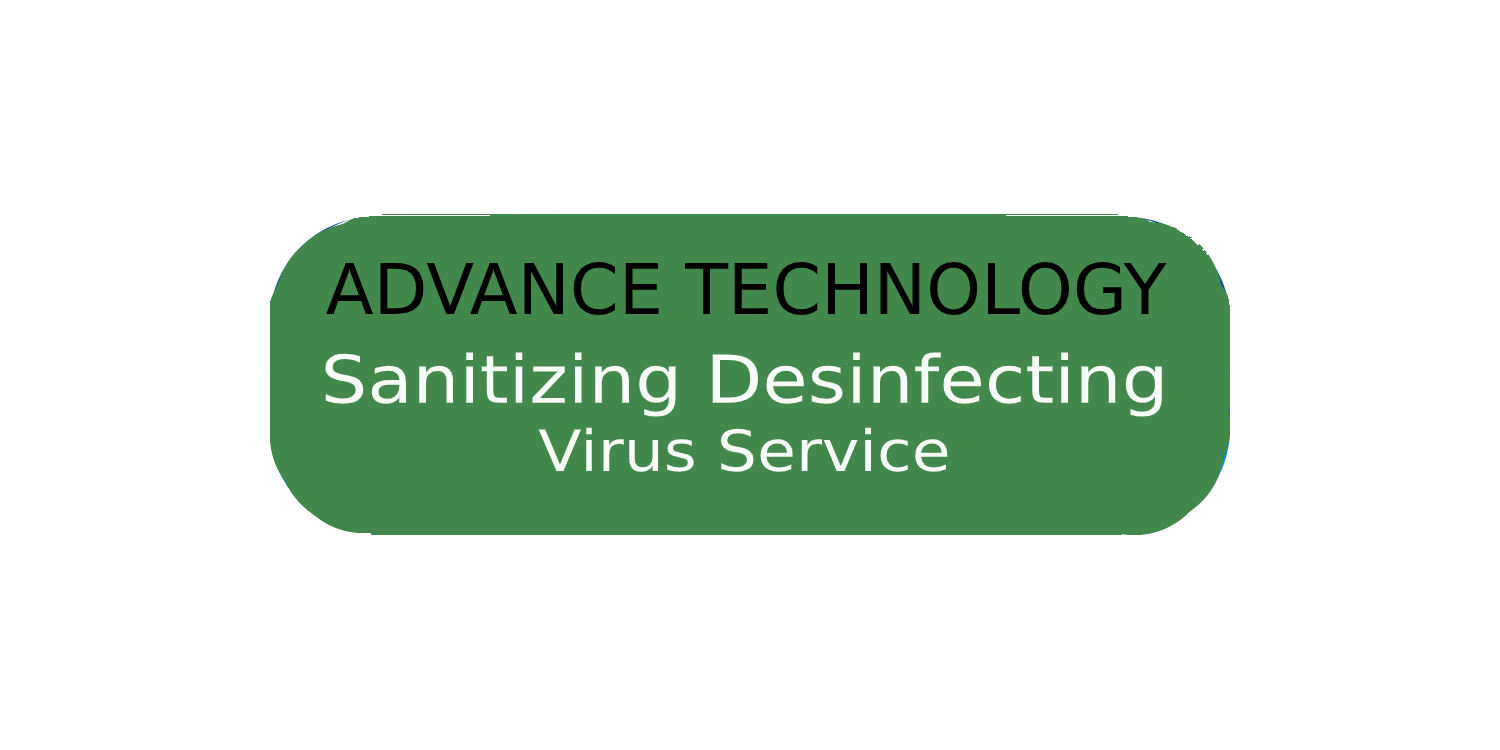FAQ’s

1) Is Exposure To Mold Dangerous?
Mold growth can not only lead to structural damage to your home (like sagging floors), but it can also adversely affect your health. You can be exposed to mold by touching moldy materials, eating moldy foods, and breathing in microscopic mold spores in the air. You can inhale over a half million spores per minute without even knowing it. Mold allergy symptoms may include skin rash, runny nose, irritated eyes, cough, congestion, and aggravation of asthma.
2) What If I’m Not Allergic To Mold, Will It Still Affect Me?
Yes. One very serious byproduct of mold colonization and growth are mycotoxins. Mycotoxins are powerful agents that many link to “sick building syndrome”. Additionally, mycotoxins can cause a range of symptoms in even healthy adults and children. This array of toxic byproducts has even been known to cause death in some of the most severe cases.
3) How Do I Know If I Have a Mold Problem?
If you see thread-like clusters of small, black/green/brown/white dots on the walls of your bathroom or basement, or if you smell a musty odor, then you most likely have a mold problem. In some cases, mold will actually grow within the walls of a house or building, making it more difficult to detect. Some mold, however, is hidden and cannot be easily detected by our senses.
Symptoms of mold allergy include runny nose, itchy nose, sneezing, fatigue, headache, congestion, sniffling, sore throat, itch eyes, and watery eyes. In children, mold allergy typically leads to recurrent respiratory infections.
4) If I Can’t See Or Smell It, How Will I Know It’s There?
While you may find some online test kits and businesses offering inexpensive services, many of these aren’t worth the money you spend on them. The most basic of kits traditionally test for mold spores, which isn’t an accurate indicator of a mold problem unless the mold count is extremely elevated. Mold spores are omnipresent. A better assessment of a potential problem is a physical inspection, paired with testing as well as readings on the humidity level in the property. Severe mold problems are often not too difficult to miss, but it is generally best to use a licensed, reputable, and insured specialist who will perform a full assessment of your property. On the other side of this question, people often detect it by changes in how they feel.
5) How Do I Treat My Mold Allergy?
If you’re allergic to mold, the best method of treatment is to avoid contact with mold spores. Wear an allergy relief mask when working outdoors, and take measures to control mold growth inside your home. You can also talk to your allergist about pharmaceutical and immunotherapy treatment options.
6) How Should I Clean Up Toxic Mold?
The act of cleaning mold can increase the airborne spore level by ten-thousand times, which can result in severe illness and actually spread mold growth if done improperly. Such high levels of airborne mold spores warrant protective clothing, including gloves, goggles, and a HEPA respirator. If you suspect you have toxic mold in your home, then you should consider hiring a professional mold remediation expert like ourselves to clean up the mold and safely dispose of it.
7) Can I Paint Over Mold?
No. Remove the mold and dry the area completely before painting or caulking; this should be done by a licensed specialist to prevent cross contamination. Painting or caulking over existing mold will not kill it.
8) Can a New House Have Mold?
Yes. Moisture can get trapped inside new homes that are air-tight, especially if kitchen and bathroom ventilation is inadequate or absent. Also, if your carpet was laid directly on a concrete slab without a vapor barrier in between, your carpet may absorb moisture and be subject to mold growth as well.
9) Is Mold Sampling Necessary?
According to the Environmental Protection Agency (EPA): “In most cases, if visible mold growth is present, sampling is unnecessary. Since no EPA or other federal limits have been set for mold or mold spores, sampling cannot be used to check a building’s compliance with federal mold standards. Surface sampling may be useful to determine if an area has been adequately cleaned or remediated. Sampling for mold should be conducted by professionals who have specific experience in designing mold sampling protocols, sampling methods and interpreting results. Sample analysis should follow analytical methods recommended by the American Industrial Hygiene Association (AIHA), the American Conference of Governmental Industrial Hygienists (ACGIH), or other professional organizations.”










